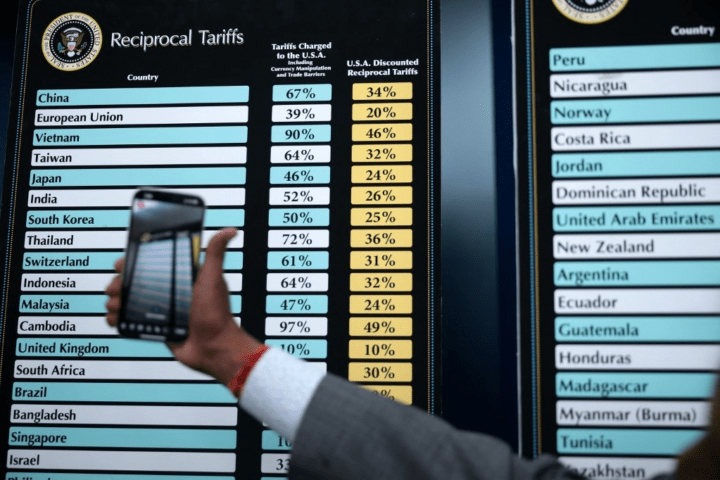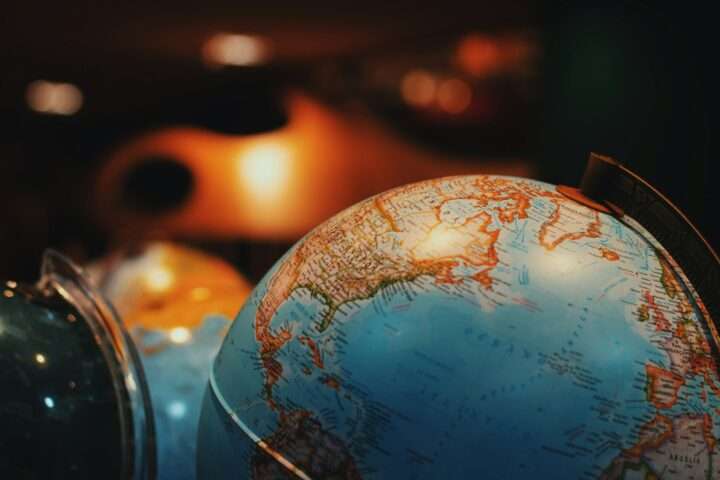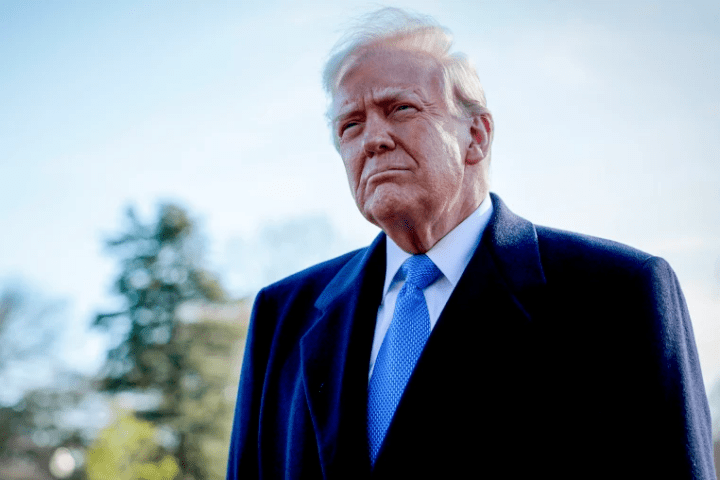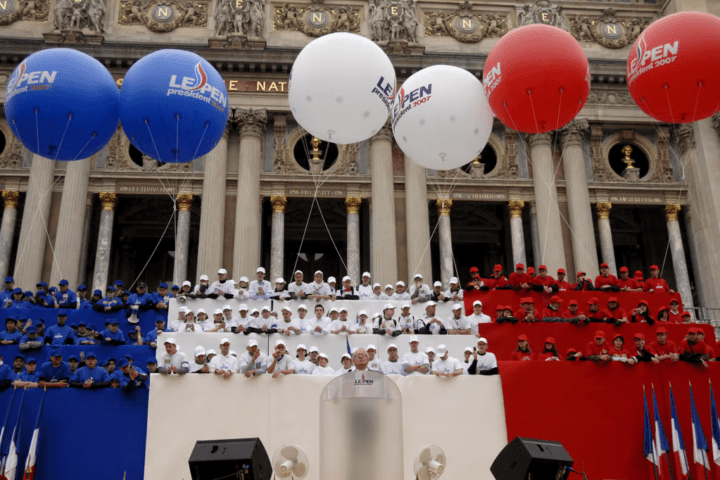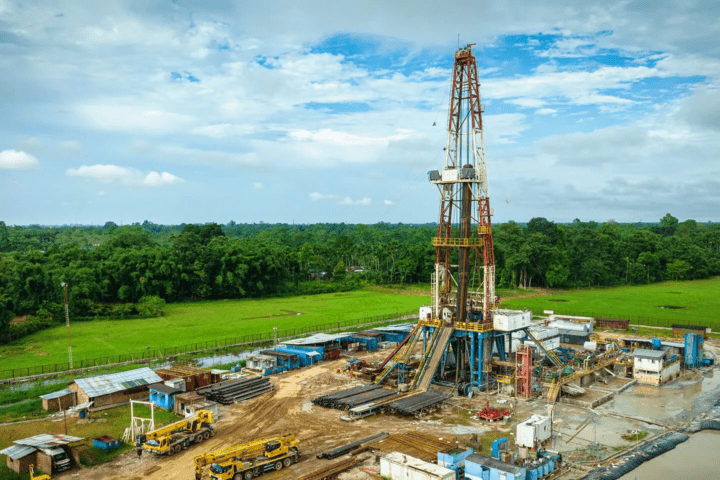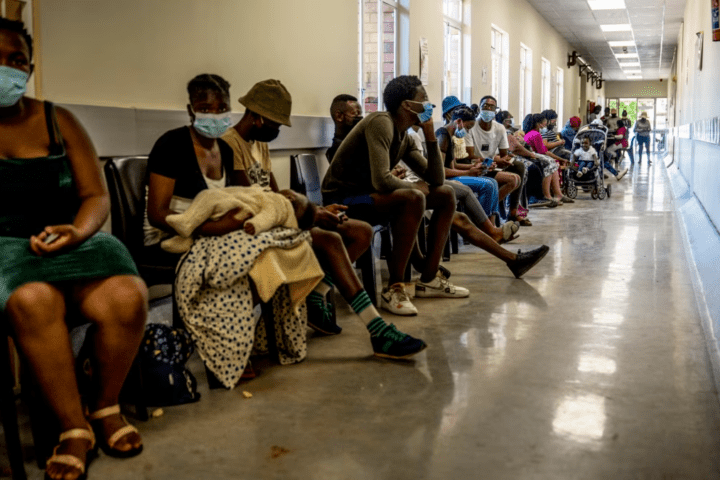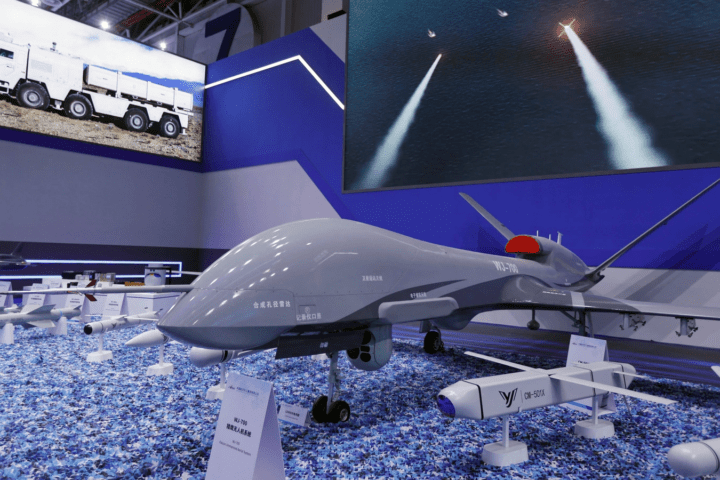In the grand amphitheater of the United Nations General Assembly, where nations vie for the spotlight and alliances shift like desert sands, Iran’s new Foreign Minister, Pezeshkian, delivered a speech that was as enigmatic as it was revealing. His address oscillated between fiery denunciations and cautious overtures, signaling a complex choreography in Iran’s foreign policy that warrants closer scrutiny.
Pezeshkian’s rhetoric opened with a vehement condemnation of Israel, laying the blame for regional turmoil squarely at its doorstep since the fateful events of October 7. Such stern language is not unfamiliar in Tehran’s diplomatic repertoire, yet it serves a dual purpose. By castigating Israel, Iran reaffirms its steadfast stance to its domestic audience and proxy allies like Hezbollah and the Houthis, who look to Tehran for leadership and support. However, this aggressive posture coexists with a seemingly contradictory desire to re-engage on Iran’s nuclear program—a gesture aimed squarely at the European “EU-3” nations involved in the 2015 Joint Comprehensive Plan of Action (JCPOA).
This duality in Pezeshkian’s speech is emblematic of a nuanced strategy. On one hand, Iran continues to wield its proxies as deterrents against direct confrontation, particularly with Israel. The scars of last spring’s missile exchanges linger, a stark reminder that any escalation in Lebanon or elsewhere could swiftly spiral into broader conflict. On the other hand, Iran is signaling a willingness to return to the negotiating table, especially with European powers eager to see the nuclear impasse resolved. This is not a novel position; however, the context is shifting. Pezeshkian’s meetings with leaders like French President Emmanuel Macron underscore a strategic pivot towards Europe, recognizing that rapprochement could pave the way for easing crippling sanctions and fostering economic revitalization.
Yet, beneath the surface of diplomatic overtures lies the persistent shadow of mistrust. The International Atomic Energy Agency (IAEA) Director-General Rafael Grossi’s observations of Iran’s tentative steps towards transparency highlight a cautious optimism. While Pezeshkian may promise improved access to nuclear facilities, the reality remains that Iran is enriching uranium to levels that swiftly border on weapons-grade. This delicate balance—between demonstrating compliance and retaining strategic autonomy—suggests that any progress on the nuclear front must be part of a comprehensive new accord rather than piecemeal negotiations.
Moreover, the internal dynamics within Iran add another layer of complexity. Supreme Leader Ayatollah Khamenei’s backing of a resumed nuclear deal, contingent on “the right conditions,” underscores that Pezeshkian’s diplomacy must align with Tehran’s overarching strategic imperatives. The presidency may steer the ship, but the Supreme Leader holds the helm, ensuring that any diplomatic maneuver does not compromise Iran’s long-term objectives.
The prospects for reducing Iran-Israel tensions through diplomacy appear tenuous. While Pezeshkian may navigate new diplomatic waters with Europe and possibly the United States, extending an olive branch to Israel remains fraught with challenges. His reported assertion that Iran would lay down arms if Israel did so—later denied by Foreign Minister Abbas Araghchi—illustrates the tightrope walk between conciliatory gestures and hardline posturing that defines Iran’s current foreign policy stance.
In this intricate dance, Iran seeks to balance its aspirations for economic relief and international legitimacy with its enduring commitment to regional influence and deterrence. The path forward requires more than rhetoric; it demands tangible actions that bridge the chasm between suspicion and trust. For global peace and stability, the international community must engage with Iran’s willingness to negotiate, while remaining vigilant about the existential threats posed by its nuclear ambitions.
As Pezeshkian takes his first steps on the UN stage, he signals both continuity and change. Iran remains a pivotal player in Middle Eastern geopolitics, its actions reverberating far beyond Tehran’s borders. Whether this latest performance heralds a new chapter of cooperation or a continuation of entrenched rivalries depends on the delicate interplay of diplomacy, strategy, and the ever-present specter of conflict.
In the shadows of international diplomacy, Iran stands at a crossroads. The world watches, hopes, and braces for the next move in this high-stakes game of geopolitical chess.

